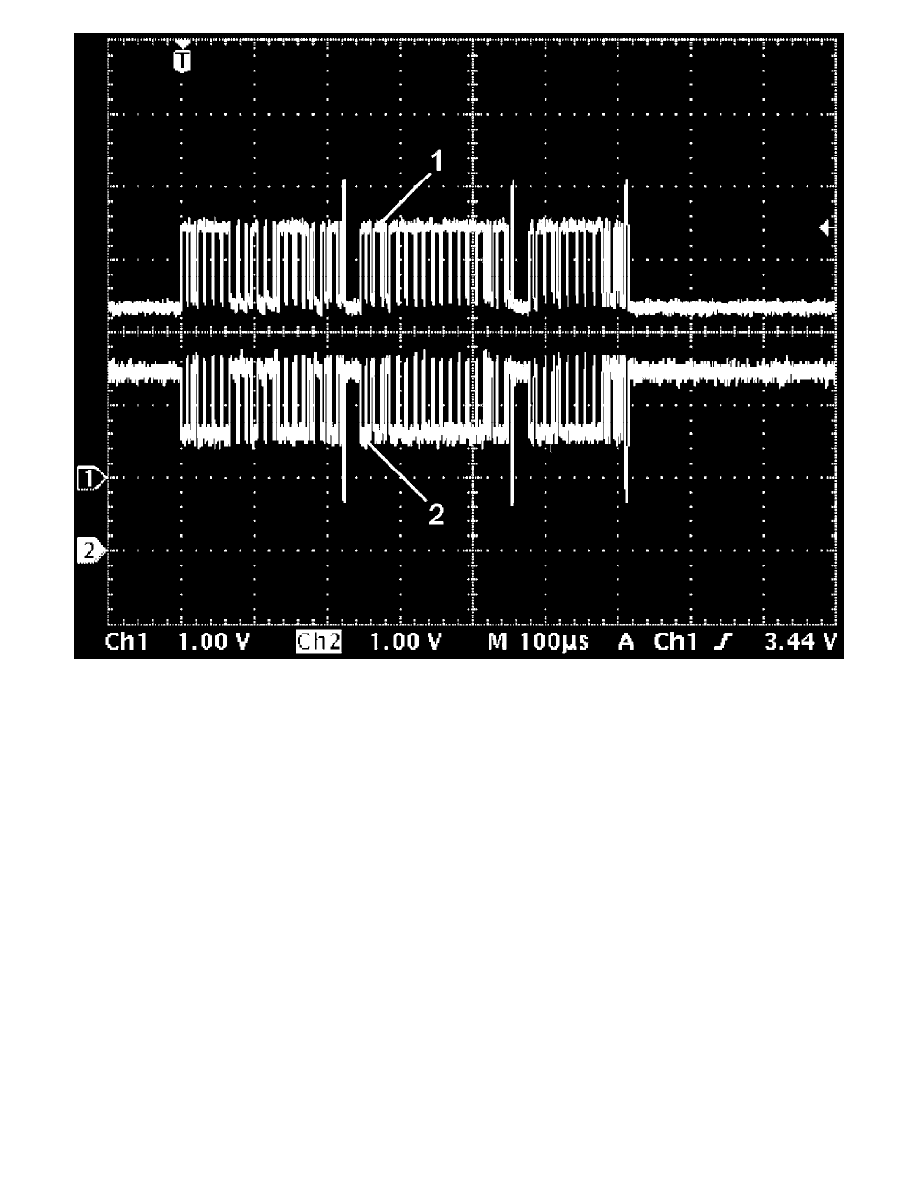Grand Vitara 4WD V6-3.2L (2010)

Voltage Check
Inspection of ECM and Its Circuits
CAUTION: ECM and its circuits can be checked by measuring voltage and pulse signal with special tool connected. It is strictly prohibited to
connect voltmeter or ohmmeter to ECM with ECM connectors disconnected from it.
Voltage Check
1. Remove ECM (1) from its bracket.
2. Connect special tool between ECM and ECM connectors securely.
Special Tool
(A): 09933-06530
3. Check voltage and/or pulse signal using voltmeter (2) and oscilloscope (3).
NOTE:
-
As each terminal voltage is affected by battery voltage, confirm that it is 11 V or more when ignition switch is turned to ON position.
-
Voltage with asterisk (*) cannot be measured with voltmeter because it is pulse signal. Use oscilloscope for its check if necessary.
-
Before performing this inspection, be sure to read the Precautions of ECM Circuit Inspection:N32A.
-
*1: For item with asterisk 1 (*1) in the table below, it is applicable to vehicle equipped with brake light relay.
-
*2: For item with asterisk 2 (*2) in the table below, it is applicable to vehicle equipped without brake light relay.
